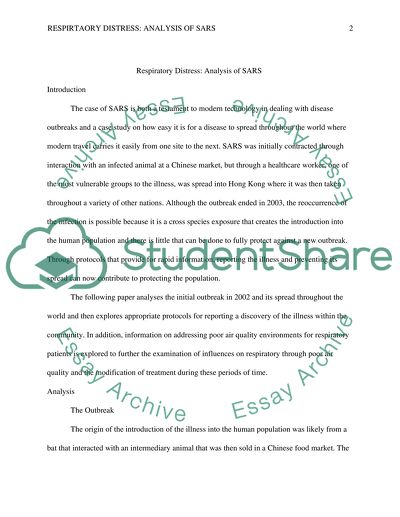Cite this document
(“Environmental and Global Health Issues Essay Example | Topics and Well Written Essays - 1250 words”, n.d.)
Retrieved from https://studentshare.org/nursing/1459018-environmental-and-global-health-issues
Retrieved from https://studentshare.org/nursing/1459018-environmental-and-global-health-issues
(Environmental and Global Health Issues Essay Example | Topics and Well Written Essays - 1250 Words)
https://studentshare.org/nursing/1459018-environmental-and-global-health-issues.
https://studentshare.org/nursing/1459018-environmental-and-global-health-issues.
“Environmental and Global Health Issues Essay Example | Topics and Well Written Essays - 1250 Words”, n.d. https://studentshare.org/nursing/1459018-environmental-and-global-health-issues.


